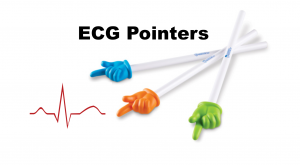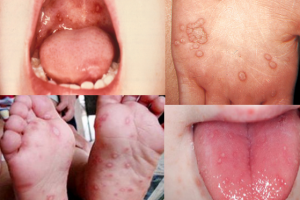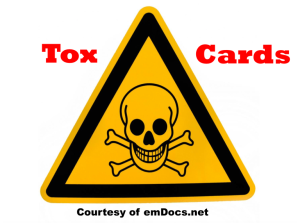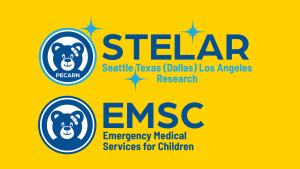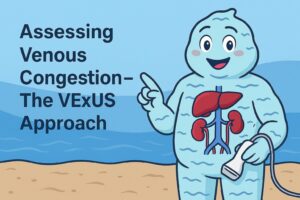Author: Alex Koyfman, MD (@EMHighAK) // Edited by: Brit Long, MD (@long_brit)
Welcome back to EM Boards Survival Guide, providing regular tips and must-know items for EM boards and inservice. This week we cover Pediatrics.
Boards Must-Knows:
1) Bacterial tracheitis: Croup-like presentation but much sicker patient. Neck x-ray with subglottic narrowing and ragged epithelial lining. Treatment: airway management with multiple options, resuscitation, broad-spectrum antibiotics (S. aureus #1 bug).
2) Febrile seizure: Most importantly know how to differentiate simple vs complex. Simple = 6 months to 5 years; 1 generalized seizure with total duration < 15 mins in a 24-hour period; no indication for starting anti-epileptic; fever control makes patient feel better but doesn’t prevent development of epilepsy. Remember, if patient recently seen and treated for OM, this disqualifies them from simple febrile seizure; will need LP to rule out meningitis.
3) Child abuse: Know major childhood milestones; ask yourself what doesn’t fit about this patient’s presentation. Know these findings: https://radiopaedia.org/articles/non-accidental-injuries; also remember spiral tibia fracture (aka toddler’s fracture) not typically a fracture of abuse. Remember physical manifestations aren’t only type; consider neglect, sexual, etc.
4) Osteomyelitis: Consider in differential for child who won’t bear weight. Know classic risk factors; bloodstream or local spread. Bug #1: S. aureus; if sickle cell: consider Salmonella. Best test: MRI. Treatment: long-term antibiotics tailored to organism.
5) Osgood-Schlatter disease: Classically young teenage male (“growth spurt”) with tenderness to palpation over tibial tuberosity. Treatment: ice, elevate, NSAID, can continue physical activity if patient desires.
6) Blunt thoracic trauma: Kids more likely to develop pulmonary contusion as opposed to adults (rib fractures, pneumo-, hemothorax). Initial CXR may fool you. Don’t forget to consider/look for injuries outside of the thorax.
7) Pyloric stenosis: 2 weeks to 2 months. Projectile, non-bilious vomiting right after eating and then immediately hungry. May palpate olive-shaped mass in RUQ. Labs with hypochloremic, hypokalemic, metabolic alkalosis. Diagnose with abdominal US or UGI series. Definitive treatment: pyloromyotomy.
8) Bronchiolitis: RSV #1. Typical scenario: <2 years, fall/winter, URI presentation/some wheeze, if sicker (tachypnea, retractions). Premature and <2 mo: admit for apnea monitoring. Treatment: hydration, nasal suctioning, many other therapies have been tried with little improvement in meaningful outcomes. High Flow Nasal Cannula may decrease need for intubation if in respiratory distress.
9) Pertussis: Bordetella pertussis; droplet precautions. Consider in differenital of subacute/chronic cough. Catarrhal (1-2 weeks; URI picture) => Paroxysmal (weeks to months; whooping cough/post-tussive emesis) => Convalescent (1-2 weeks; sxs like paroxysmal but decreasing in duration). Treatment: macrolide.
10) Transient synovitis: Most common cause of hip pain in young child, however must exclude septic arthritis. URI, followed by limp and hip/knee pain. Know Kocher criteria for evaluation of septic arthritis. US with effusion. Treamtent: NSAID.


